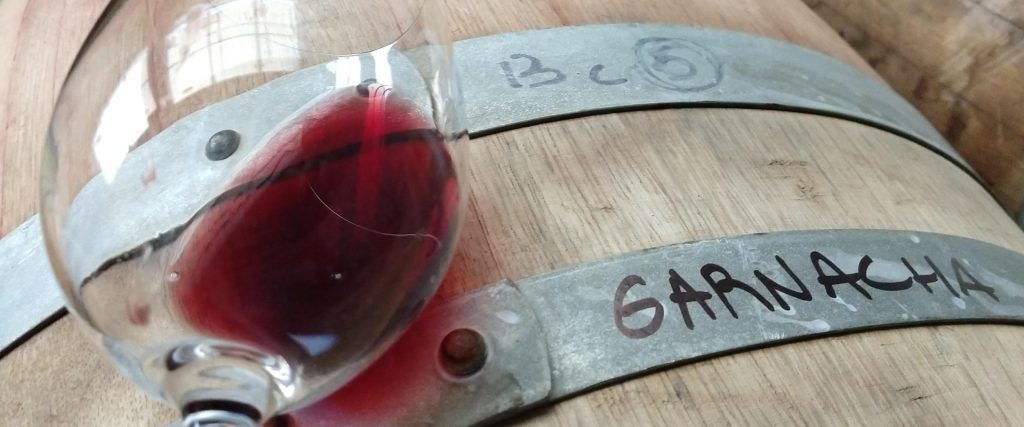More than anything, wine is a cultural phenomenon: not dissimilarly to seasonal trends in the fashion world, albeit at a different pace, the wine industry is always changing, driven by shifts in consumer tastes and winemakers’ need to experiment and try out new things.
For better or worse, over the past fifty years, tastes in Argentina have veered between two poles: Bordeaux and the Napa Valley. However, slowly but surely other areas of the world have been establishing their own parameters. Burgundy has become a beacon for Chardonnay, Pinot Noir and cold areas while the Rhône Valley and the Mediterranean coast are being seen as models for different styles of wine made in sunnier areas.
Over the past decade in fact, the Mediterranean world, a hub of cultural exchange as the great Fernand Braudel described it in his classic history, has become a rich source of inspiration for producers from the Southern cone whose terroirs are quite different from the cold climate and calcium soils of Burgundy. Southern Rhône and the AOCs on the southern coast such as Bandol have proved to be treasure troves of new ideas for Argentinian producers. Times never stop changing: the Bordeaux-Napa hegemony is seeing itself challenged by other regions and styles.
It’s all down to the light: mediterranean grapes
The Mediterranean has a couple of major similarities to Argentinian terroirs: sunlight and thermal range. Put plainly, northern Rhône is a 3 on the Winkler scale, while southern part is 4, just like the lower Uco Valley and Luján de Cuyo respectively.
‘When you think about it,’ says Alejandro Sejanovich, who bottles a Garnacaha in Salta that has turned thinking about wines from the Calchaquí Valley upside down, ‘we have more in common with those areas than Bordeaux and Burgundy.’ And yet up until recently varietal models were based on those two regions almost exclusively. That is now about to change.
In fact, in the Uco Valley and the East of Mendoza several iconic Mediterranean grape varieties have either been around for decades or are being planted now. In addition to Moscatel, Syrah and Viognier, which have always been a part of the country’s wine heritage, Garnacha, Mourvedre, Carignan, Marsanne and Rousanne, along with Italian varieties such as Greco Nero and Cordisco, have been planted in the last ten years. ‘They’re well suited to these conditions and have been for centuries,’ says Fernando Buscema, Director of the Catena Institute of Wine, who is looking very closely into the potential for Garnacha, one of the most famous Mediterranean grape varieties.
In all, 485 hectares have been planted of the varieties mentioned, of which Greco Nero represents 345 and Cordisco 80, but while only a few hectares have been set aside for the others, the results are promising. In the harsh sun of western Argentina, grape vines used to high temperatures and a lot of solar radiation are at an advantage compared to the traditional Burgundy and Bordeaux varieties.
Drinking a different style
‘We’re beginning to understand the virtues of our terroirs,’ says Mariana Onofri, whose project has been pioneering some of these varieties in Lavalle, to the north of Mendoza, especially Carignan and Mourvedre which have already reached the market.
The key is that in addition to adapting well, they also allow winemakers to offer new styles of wine. Pablo Durigutti makes Cordisco for Proyecto Las Compuertas: ‘I was seduced by the balance between fruit, freshness and herbs, which you can achieve here at low levels of alcohol.’ The profile isn’t dissimilar to the wines of Etna.
Meanwhile, some Mourvedres are looking to echo the concentrated, juicy profile one finds on the Côte d’Azur. ‘That’s what I love about this variety: it’s ripe but preserves the freshness,’ says Cristian Moore who makes it in the Corazón de Sol line as a part of a GSM with grapes from Los Chacayes. The real leaders of the movement, however, are Ver Sacrum. They paved the way for these varieties, especially a GSM made along the same lines.
However, Garnacha is the most advanced thus far. With 25 hectares grown in warm and slightly colder climates, there are currently a dozen versions on the market.
Setting aside the low number of hectares and relatively few bottles currently available, the really interesting aspect of the Mediterranean grape varieties in Argentina is that it is offering new styles of wine made by an avant garde group of producers. It’ll take a while before we see them occupying a major share of producers’ output but, like all trends in the history of winemaking, it’s only a matter of time.



